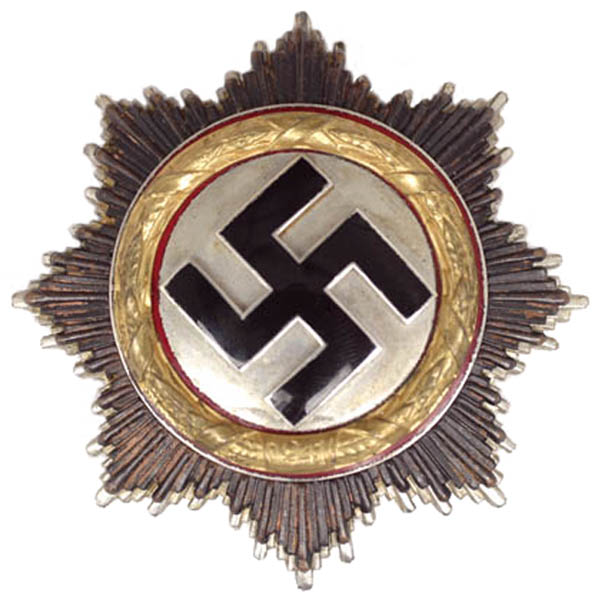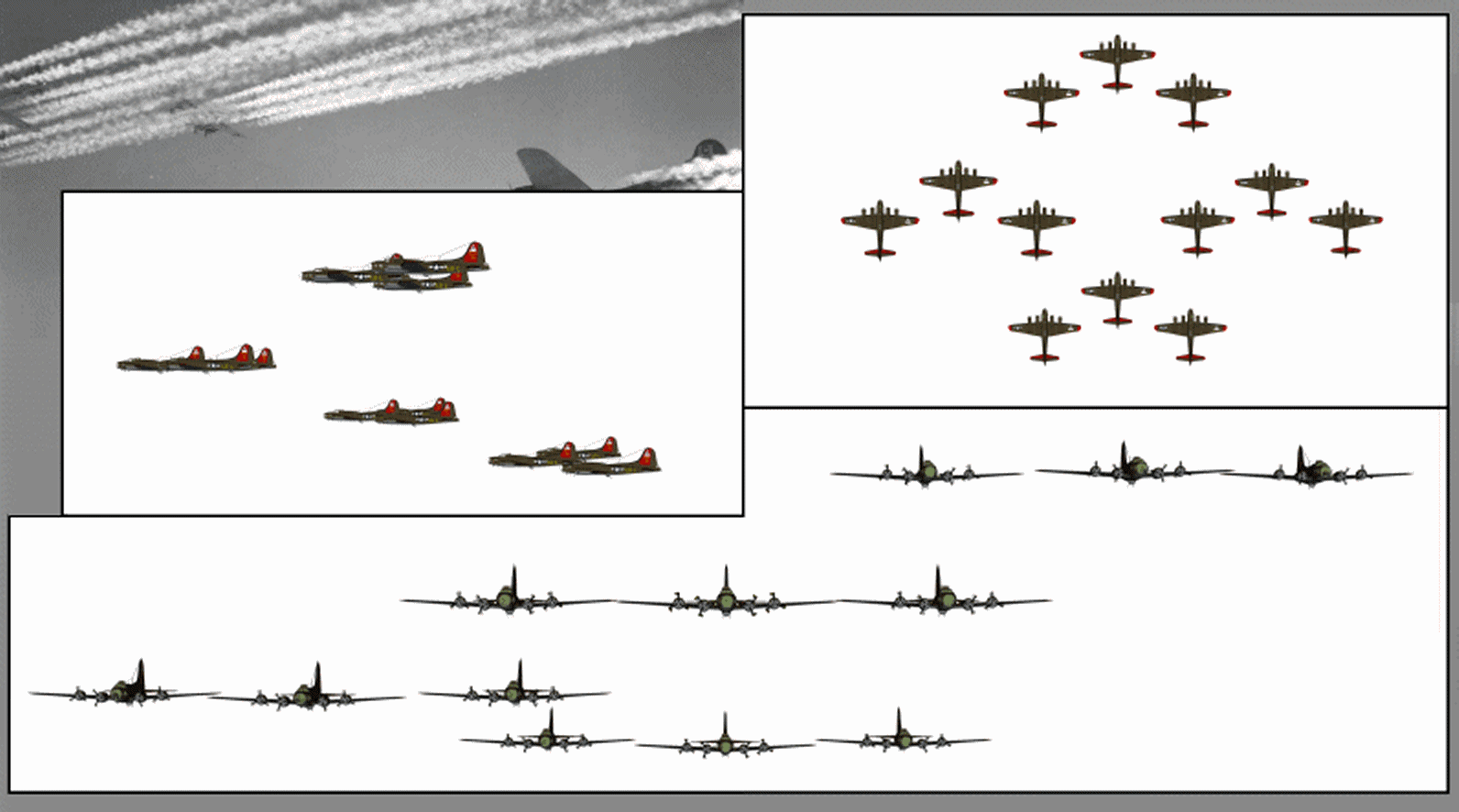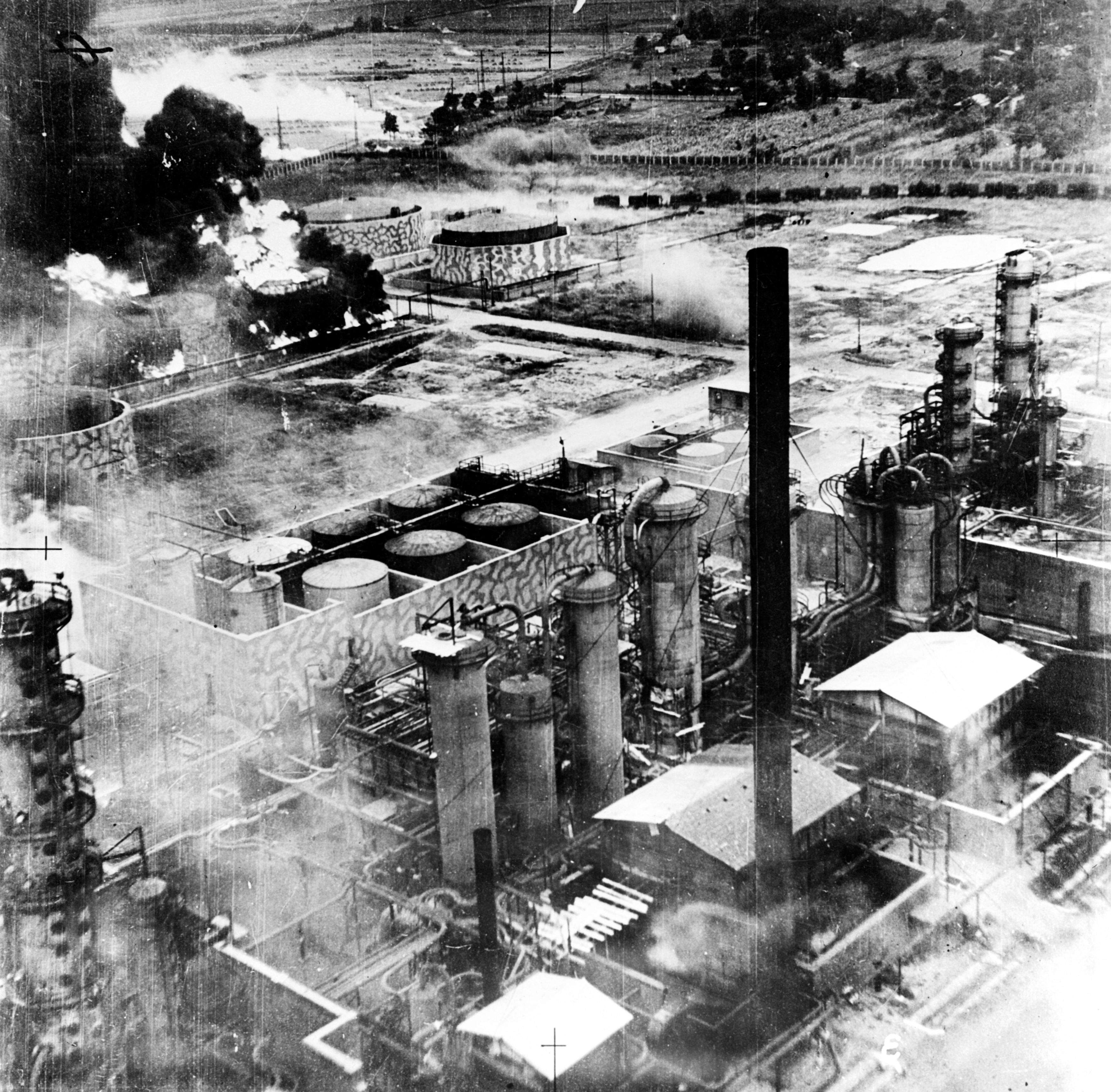|
Heinz Ewald
Heinz "Esau" Ewald (1 September 1922 – 14 March 2002) was a Luftwaffe fighter ace and recipient of the Knight's Cross of the Iron Cross during World War II. The Knight's Cross of the Iron Cross was awarded to recognise extreme battlefield bravery or successful military leadership. Heinz Ewald was credited with 84 victories in 395 combat missions. Career On 1 December 1941 Ewald volunteered for military service. After his pilot training, which included flight training with the ''Fliegerausbildungsregiment 23'' in Kaufbeuren, he was posted, in the fall of 1943, to 6. '' Staffel'' (6th squadron) of ''Jagdgeschwader'' 52 (JG 52—52nd Fighter Wing) on the Eastern Front and was soon one of the best young pilots of his group. He frequently flew as wingman to Gerhard Barkhorn. On his fourth sortie, and on his first enemy encounter, he shot down his first opponent on 11 December 1943. He was awarded the Iron Cross 2nd Class, on 8 January 1944; the Iron Cross 1st Class on 7 March ... [...More Info...] [...Related Items...] OR: [Wikipedia] [Google] [Baidu] |
Sopot
Sopot (; or ) is a seaside resort city in Pomerelia on the southern coast of the Baltic Sea in northern Poland, with a population of approximately 40,000. It is located in Pomeranian Voivodeship, Pomerania Province and has the City with powiat rights, status of powiat, county – the smallest city in Poland to have that status. Sopot lies between the larger cities of Gdańsk to the southeast and Gdynia to the northwest. The three cities together form the Tricity, Poland, Tricity metropolitan area. Sopot is a major health-spa and resort destination. It has the longest wooden pier in Europe, at 511.5 metres, stretching out into the Bay of Gdańsk. The city is also famous for the Sopot International Song Festival, the largest such event in Europe after the Eurovision Song Contest. Among its other attractions is a fountain of bromide spring water, known as the "inhalation mushroom". Etymology The city's name is thought to derive from an old Lechitic languages, Lechitic word, ''sopo ... [...More Info...] [...Related Items...] OR: [Wikipedia] [Google] [Baidu] |
Wingman
A wingman (or wingmate) is the pilot of a secondary aircraft providing support or protection to a primary aircraft in a potentially dangerous situation, traditionally flying in formation to the side and slightly behind the primary craft. The term is sometimes used in reference to the secondary aircraft itself, particularly when it is an unmanned aerial vehicle (UAV) rather than human-piloted plane. According to the U.S. Air Force, Description The wingman's role is to support aerial combat by making a flight both safer and more capable: amplifying situational awareness, increasing firepower, and allowing more dynamic tactics. Origins The concept of a wingman is nearly as old as fighter aviation. On 9 August 1915, Oswald Boelcke was already acting in the role when he shot down a French airplane pursuing Max Immelmann. Colonel Robert Smith provided an extensive description of the work and role of wingmen during the Korean War. Among a wingman's primary responsibilities are ... [...More Info...] [...Related Items...] OR: [Wikipedia] [Google] [Baidu] |
German Cross
The War Order of the German Cross (), normally abbreviated to the German Cross or ''Deutsches Kreuz'', was instituted by Adolf Hitler on 28 September 1941. It was awarded in two divisions: in gold for repeated acts of bravery or military leadership; and in silver for distinguished non-combat war service. The German Cross in Gold ranked higher than the Iron Cross First Class but below the Knight's Cross of the Iron Cross, while the German Cross in Silver ranked higher than the War Merit Cross First Class with Swords but below the Knight's Cross of the War Merit Cross with Swords. Eligibility The German Cross was issued in two versions: gold and silver (the color of the laurel wreath around the swastika). The gold version was awarded to military personnel for repeated acts of bravery in combat, or of military leadership, with 6–8 acts as a rule of thumb. The silver version was awarded for multiple distinguished services in the war effort and was considered a continuation of the ... [...More Info...] [...Related Items...] OR: [Wikipedia] [Google] [Baidu] |
Yakovlev Yak-11
The Yakovlev Yak-11 (; NATO reporting name: "Moose") is a trainer aircraft used by the Soviet Air Force and other Soviet-influenced air forces from 1947 in aviation, 1947 until 1962 in aviation, 1962. Design and development The Yakovlev, Yakovlev design bureau began work on an advanced trainer based on the Yakovlev Yak-3, Yak-3 fighter in mid-1944, although the trainer was of low priority owing to the ongoing Second World War.Gunston 1995, p. 469. The first prototype of the new trainer, designated Yak-UTI or Yak-3UTI flew in late 1945. It was based on the radial engine, radial-powered Yak-3U, but with the new Shvetsov ASh-21 seven-cylinder radial replacing the Shvetsov ASh-82, ASh-82 of the Yak-3U.Gordon Komissarov and Komissarov 2005, p. 249. It used the same all-metal wings as the Yak-3U, with a fuselage of mixed metal and wood construction. The pilot and observer sat in tandem under a long canopy with separate sliding hoods. A single synchronization gear, synchronised Berezin ... [...More Info...] [...Related Items...] OR: [Wikipedia] [Google] [Baidu] |
Nagyrábé
Nagyrábé is a village in Hajdú-Bihar county, in the Northern Great Plain region of eastern Hungary. Geography It covers an area of and has a population of 2136 people (2015). Location North lat 47 12.36 East long 21 19.28 References External links * in HungarianFacebook pagein HungarianShort introduction movie from the air Populated places in Hajdú-Bihar County {{Hajdu-geo-stub ... [...More Info...] [...Related Items...] OR: [Wikipedia] [Google] [Baidu] |
Attacks On Parachutists
Attacks on parachutists, as defined by the law of war, occur when pilots, aircrew, and passengers are attacked while descending by parachute from disabled aircraft during wartime. Such parachutists are considered ''hors de combat'' and it is made a war crime to attack them in an interstate armed conflict under Additional Protocol I to the 1949 Geneva Conventions. However, firing on airborne forces who are descending by parachute (i.e. paratroopers) is not prohibited. International humanitarian law After World War I, a series of meetings were held at The Hague in 1922–1923. Based on the testimony of First World War pilots, a commission of jurists attempted to codify this practice with the Hague Rules of Air Warfare, which, like most law of war treaties at the time, was applicable to interstate armed conflict. Article 20 prescribed that: When an aircraft has been disabled, the occupants when endeavoring to escape by means of parachute must not be attacked in the course of their ... [...More Info...] [...Related Items...] OR: [Wikipedia] [Google] [Baidu] |
Combat Box
The combat box was a tactical formation used by heavy (strategic) bombers of the U.S. Army Air Forces during World War II. The combat box was also referred to as a "staggered formation". Its defensive purpose was in massing the firepower of the bombers' guns, while offensively it concentrated the release of bombs on a target. Initially formations were created in keeping with the pre-war Air Corps doctrine that massed bombers could attack and destroy targets in daylight without fighter escort, relying on interlocking fire from their defensive machine guns, almost exclusively the "light barrel" Browning AN/M2 .50 calibre (12.7 mm) gun. However the use of high altitudes by USAAF bombers resulted in factors that demanded a tighter bomb pattern and the combat box continued in use even after the advent of fighter escort largely mitigated the threat of fighter interception. It was especially used over Europe during and after the spring of 1944, with USAAF fighters flying far ahe ... [...More Info...] [...Related Items...] OR: [Wikipedia] [Google] [Baidu] |
Ploiești
Ploiești ( , , ), formerly spelled Ploești, is a Municipiu, city and county seat in Prahova County, Romania. Part of the historical region of Muntenia, it is located north of Bucharest. The area of Ploiești is around , and it borders the Blejoi commune in the north, Bărcănești, Prahova, Bărcănești and Brazi communes in the south, Târgșoru Vechi commune in the west, and Bucov and Berceni, Prahova, Berceni communes in the east. According to the 2021 Romanian census, 2021 census, Ploiești is the List of cities and towns in Romania, tenth most populous city in the country with a population of 180,540. The city grew beginning with the 17th century on an estate bought by ruler Michael the Brave from the local landlords, gradually replacing nearby Wallachian fairs of Târgșor, Gherghița, and Bucov. Its development was accelerated by heavy industrialisation during the mid-19th century, with the world's first large-scale oil refinery, petroleum refinery being opened between ... [...More Info...] [...Related Items...] OR: [Wikipedia] [Google] [Baidu] |
Consolidated B-24 Liberator
The Consolidated B-24 Liberator is an American heavy bomber, designed by Consolidated Aircraft of San Diego, California. It was known within the company as the Model 32, and some initial production aircraft were laid down as export models designated as various LB-30s, in the Land Bomber design category. At its inception, the B-24 was a modern design featuring a highly efficient shoulder-mounted, high aspect ratio Davis wing. The wing gave the Liberator a high cruise speed, long Range (aeronautics), range and the ability to carry a heavy Aerial bomb, bomb load. In comparison with its contemporaries, the B-24 was relatively difficult to fly and had poor low-speed performance; it also had a lower Ceiling (aeronautics), ceiling and was less robust than the Boeing B-17 Flying Fortress. While Aircrew#Military, aircrews tended to prefer the B-17, General Staff favored the B-24 and procured it in huge numbers for a wide variety of roles. At approximately 18,500 units – including 8,68 ... [...More Info...] [...Related Items...] OR: [Wikipedia] [Google] [Baidu] |
Anti-aircraft Warfare
Anti-aircraft warfare (AAW) is the counter to aerial warfare and includes "all measures designed to nullify or reduce the effectiveness of hostile air action".AAP-6 It encompasses surface-based, subsurface (Submarine#Armament, submarine-launched), and air-based weapon systems, in addition to associated sensor systems, command and control arrangements, and passive measures (e.g. barrage balloons). It may be used to protect naval, army, ground, and air forces in any location. However, for most countries, the main effort has tended to be homeland defense. Missile defense, Missile defense is an extension of air defence, as are initiatives to adapt air defence to the task of intercepting any projectile in flight. Most modern anti-aircraft (AA) weapons systems are optimized for short-, medium-, or long-range air defence, although some systems may incorporate multiple weapons (such as both autocannons and surface-to-air missiles). 'Layered air defence' usually refers to multiple 't ... [...More Info...] [...Related Items...] OR: [Wikipedia] [Google] [Baidu] |
Messerschmitt Bf 109
The Messerschmitt Bf 109 is a monoplane fighter aircraft that was designed and initially produced by the Nazi Germany, German aircraft manufacturer Messerschmitt#History, Bayerische Flugzeugwerke (BFW). Together with the Focke-Wulf Fw 190, the Bf 109 formed the backbone of the ''Luftwaffe's'' fighter force during the World War II. It was commonly called the Me 109 by Allied aircrew and some German aces/pilots, even though this was not the official model designation. The Bf 109 was designed by Willy Messerschmitt and Robert Lusser, who worked at BFW during the early to mid-1930s. It was conceived as an interceptor aircraft, interceptor. However, later models were developed to fulfill multiple tasks, serving as Escort fighter, bomber escort, fighter-bomber, day fighter, day-, night fighter, night-, all-weather fighter, ground-attack aircraft, and aerial reconnaissance aircraft. It was one of the most advanced fighters when the fighter first appeared, being furnished with an all-me ... [...More Info...] [...Related Items...] OR: [Wikipedia] [Google] [Baidu] |
Forced Landing
A forced landing is a landing by an aircraft made under factors outside the pilot's control, such as the failure of engines, systems, components, or weather which makes continued flight impossible. However, the term also means a landing that has been forced by interception. A plane may be compelled to land through the use, or threat of use, of force, if it strays off course into hostile foreign territory. The Chicago Convention on International Civil Aviation contains guidance in Annex 2 on "Signals for Use in the Event of Interception": customarily for the military plane approaches the airliner from below and to the left, where the plane is easily visible from the left seat where the captain sits. The intercepting plane waggles its wings to signal the demand to be followed. Territorial airspace is under the sovereignty of the relevant state, and their domestic law would regulate the treatment of intruding aircraft. Consequences could include: See also * Deadstick landi ... [...More Info...] [...Related Items...] OR: [Wikipedia] [Google] [Baidu] |








